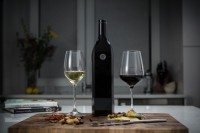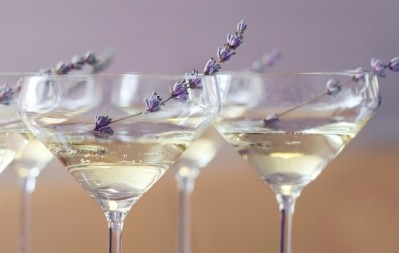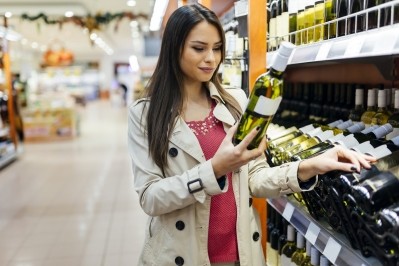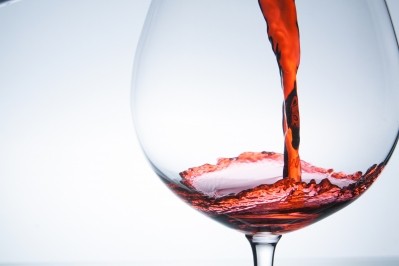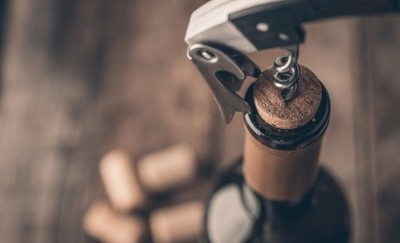Are consumers growing weary of the traditional 750ml glass wine bottle?
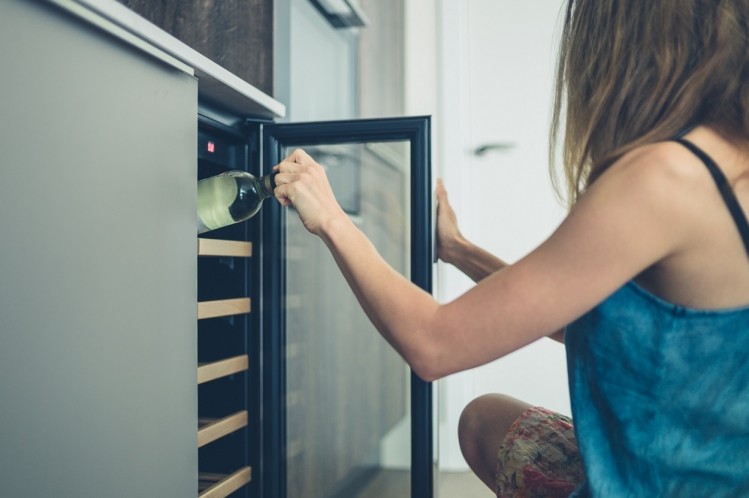
“The traditional wine bottle is part of wine’s identity and status, but in today’s market, it has several drawbacks,” Rabobank global beverages strategist, Stephen Rannekleiv, said.
The 750ml glass bottle still makes up 50% of wine sales, but the most common downside is that its five servings of wine begin to deteriorate once opened, leading to potential waste for the consumer.
“At a time when the size of the average US household is shrinking and consumers are generally seeking to drink ‘less, but better’, consumers often have to think twice about whether or not to open a bottle, knowing that much of it will go to waste,” Rannekleiv said.
Alternative formats on the rise
The shortcomings of the 750ml bottle can be seen by the growth of alternative formats that preserve quality, such as Bota Box and Black Box brands that claim to keep wine fresh for more than a month after opening, according to Rannekleiv.
Bota Box
Bota Box containers are SFI-certified, printed with VOC-free inks on Kraft unbleached recycled paper containing 90% post-consumer fiber, bonded with cornstarch instead of glue.
The recyclable containers come in 3L (the equivalent of four bottles of wine), 500ml, and 1.5L.
Nielsen data shows at-home wine sales grew by 5.6% in 2016, of that, wine in Tetra Pak containers grew 21%, 3-litre bag-in-box grew 13%, and wine in cans grew 100%.
The strong growth curve of these packaging types still represents a small percentage of overall wine sales, limited by the lack of premium appeal compared to the traditional glass wine bottle, Rannekleiv said.
“Many brand owners are reluctant to put premium brands into a bag-in-box or can format for fear of downgrading the brand’s value in the eye of the consumer,” he said.
Some glass manufacturers have responded to the rise of alternative packaging by providing downsized bottles in 187ml and 375ml sizes. These smaller versions of the traditional glass bottle could help a brand preserve its premium image while appealing to the “quality over quantity”-seeking wine drinker, according to Rannekleiv.
“Wineries and packaging companies—particularly glass companies—must continue to explore alternative formats until the holy grail is found: a packaging format that is single-serve (or preserves shelf life once opened), premium, and cost-effective in order to meet changing consumer preferences,” Rannekleiv said.
Alternative formats to 750ml glass bottles
- Smaller sizes: With consumers seeking to drink less and waste less, there's a growing opportunity for single serve wines.
- PET: US wine packaging company StackTek, for example, produces stackable, break-apart single serve containers, made from BPA-free PET.
- Bag-in-box: Consisting of a plastic bladder encased in a cardboard box, bag-in-box wines emerged in the 1960s. In the UK Amazon started selling the format in 2015: its sales in June and July 2017 were up 212% year-on-year.
- Cans: According to Gallo's 2015 consumer wine trends survey, some 32% of wine drinkers saw wine in a can as 'portable and perfect for picnic or cookout scenarios'
- Cartons: According to carton manufacturer Tetra Pak, a carton packaging protects the wine inside, reduces weight and space during transportation and is easy to recycle.
- Pouches: Wine pouches can be chilled quickly and offer an 80% reduction in carbon footprint to glass, according to manufacturer Astra Pouch.
- Smart packaging: Boston-based IoT start-up Kuvee is developing a WiFi connected smart dispenser, that looks and feels like a standard wine bottle, but is used in conjunction with wine canisters.
Any wine left in a canister keeps for 30 days, while the bottle has a touch screen 'smart label' to let consumers access information about the wine.
